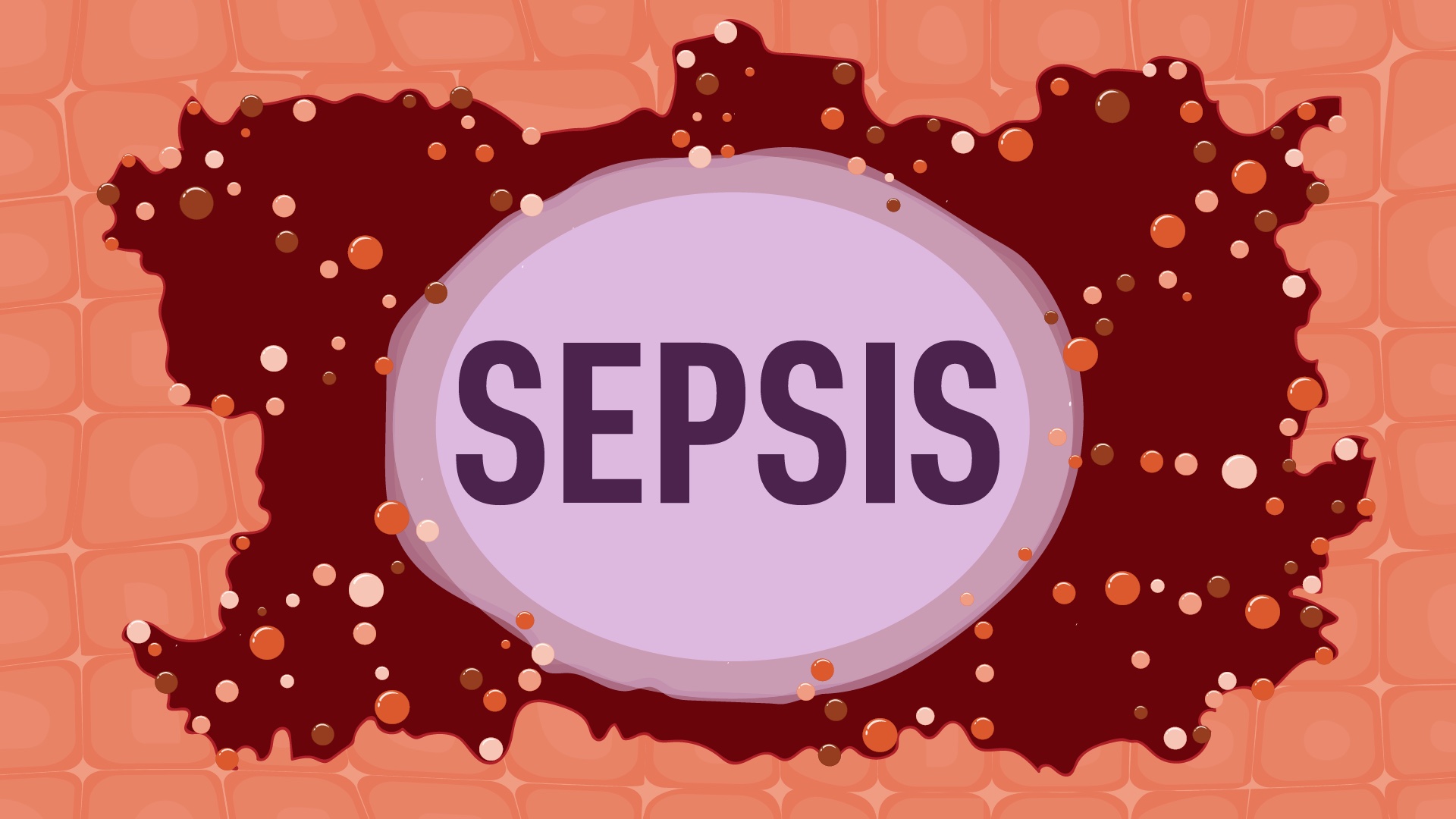
Sepsis, also commonly referred to as a systemic infection, is a clinical condition caused by the body’s response to an infection. It is a condition where our body’s immune system counteracts our actual body tissue and organs during the process of eradicating the disorderly infection. This may cause severe damage to different tissues and internal organs of our body, leading to the failure of these organs, and occasionally death if the situation is not controlled.
This sometimes tends to impair our body’s blood clotting mechanism, which hampers blood supply to important organs and thus results in their damage and impaired functioning. The sepsis treatment protocol is an important concept in every worker’s knowledge to prevent and control sepsis.
The Lancet has reported that approximately 11 million people die from sepsis every year or 20% of global mortality. As we speak today celebrating World Sepsis Day, 30,000 people still die daily from sepsis. Although sepsis itself isn’t contagious, the infected people can transfer the infection which may cause sepsis later.
The extreme rates of neonatal sepsis in Nepal have a big influence on infant mortality making sepsis one of the leading health challenges in the country. The study on the systematic review suggests that the incidence of neonatal sepsis and possible severe bacterial infection (PSBI) ranges from 2-9% in Nepal, where 2-4% is hospital-based data and 9% is community-based.
The Government of Nepal has also recognized the severity of sepsis and taken several steps to address this issue by expanding the health facilities to all the corners of the country by working along with INGOs such as Save the Children, UNICEF, and the World Health Organization (WHO). The Government of Nepal had also initiated the National Neonatal Strategy, in 2004 to support this movement.
Stages of Sepsis
Sepsis has been grouped into sepsis, severe sepsis, and septic shock. Nevertheless, today’s modern medicine employs a rather graduated scale distinguishing between different phases of the disease from the early affection to the fulfilment of the severe organ dysfunction.
Sepsis is the first stage attributed to the over-reaction of our immune system to an infection.
Severe sepsis: In this stage, the continued inflammation all over the body results in lowering our blood pressure, which may lead to organ failure.
Septic shock: This is the last stage of sepsis in which the blood pressure is extremely low irrespective of aggressive fluid resuscitation. It can quickly lead to multiple organ failure and death even within 12 hours.
At-Risk Populations
Sepsis can occur in anybody, but some specific populations are more vulnerable. These include:
- People above the age of 65 years
- Newborns and infants
- Pregnant women
- Patients with known cases of diabetes, obesity, cancer, and kidney problems
- Immunity-compromised patients
- Patients admitted to the hospital with invasive procedures such as catheterisation, or injury for instance large burns or large wounds.
Symptoms
The following symptoms play a vital role in identifying the signs of sepsis.
- Pyrexia or hypothermia
- Rapid but weak pulse
- Rapid breathing (Hyperventilation) or shortness of breath
- High heart rate
- Confusion or agitation
- Lethargy/weakness
- Low blood pressure(hypotension)
- Shivering or chills
- Sweating or moist clamminess of the skin
- Severe body pain or discomfort
- Low urine output
- Sepsis rashes on the skin due to septicemia
Causes of Sepsis
Although sepsis may be caused by fungal, parasitic or viral infections as well, the most common is due to bacterial infections. Common infections which might cause sepsis are:
- Urinary Tract System: Urinary tract infections, basically in catheterised patients.
- Gastrointestinal System: Appendicitis, bowel problems, peritonitis, liver or gall bladder infections.
- Central Nervous System: Infections of the brain and spinal cord such as meningitis.
- Skin: Wounds, inflammations, cuts or openings made by catheters and IVs, and cellulitis.
Diagnosis and Tests
It is crucial to identify people with infections that tend to go on to develop sepsis later. Although there is no strict rule to diagnose sepsis, physical examination and different tests such as Complete Blood Count, blood oxygen level, urinalysis and urine culture, X-rays or CT scans play a major role in its diagnosis. If a patient has a confirmed or suspected infection and any two of these criteria, we may suspect sepsis:
1. Systolic blood pressure < than 100 mmHg.
2. Respiratory rate > 22 breaths per minute.
3. Altered mentation
Treatment Strategies
Sepsis can quickly become a fatal condition and hence should be treated as soon as possible. Key components during the treatment process include:
- Antibiotics: Since bacteria is one of the common causes of sepsis, Various antibiotics are administered to combat the ongoing bacterial infection.
- Intravenous fluids: Intravenous fluids are needed to maintain circulation in the essential body organs and to counter shock due to low pressures in the blood vessels.
- Vasopressors: They boost the blood pressure through constriction of the blood vessels.
- Appropriate supportive care: During the treatment, the patients may need dialysis in case of renal failure, a ventilator for breathing problems or surgery if the doctor needs to remove the necrotic material.
Prevention
Preventing sepsis involves proactive measures such as:
- Advocacy of good hygiene such as washing hands and legs regularly with soap and water.
- Proper sanitisation to ensure cuts or any other injury in the body does not attract bacteria and other infections.
- Check the National vaccination guidelines and get recommendable vaccines on time.
- Periodic health check-ups for underlying diseases which have the potential to develop sepsis.
- Seek early treatment and proper care when inflicted with infections.
Prognosis and Recovery
The prognosis of sepsis depends on the severity and the delay in the treatment of a patient. With quick diagnosis and proper treatment patients with mild sepsis survive. Death is almost certain in the majority of the cases of a septic patient without proper on-time treatment. Even with the treatment, there is a 30 – 40 % chance that patients with septic shock will die.
Various research has shown that many survivors of sepsis die within a few months or years of the treatment, which might be due to the reason of previously having sepsis or having an underlying health issue. According to some research studies, more than 50% of all sepsis survivors will die within 5 years.




















